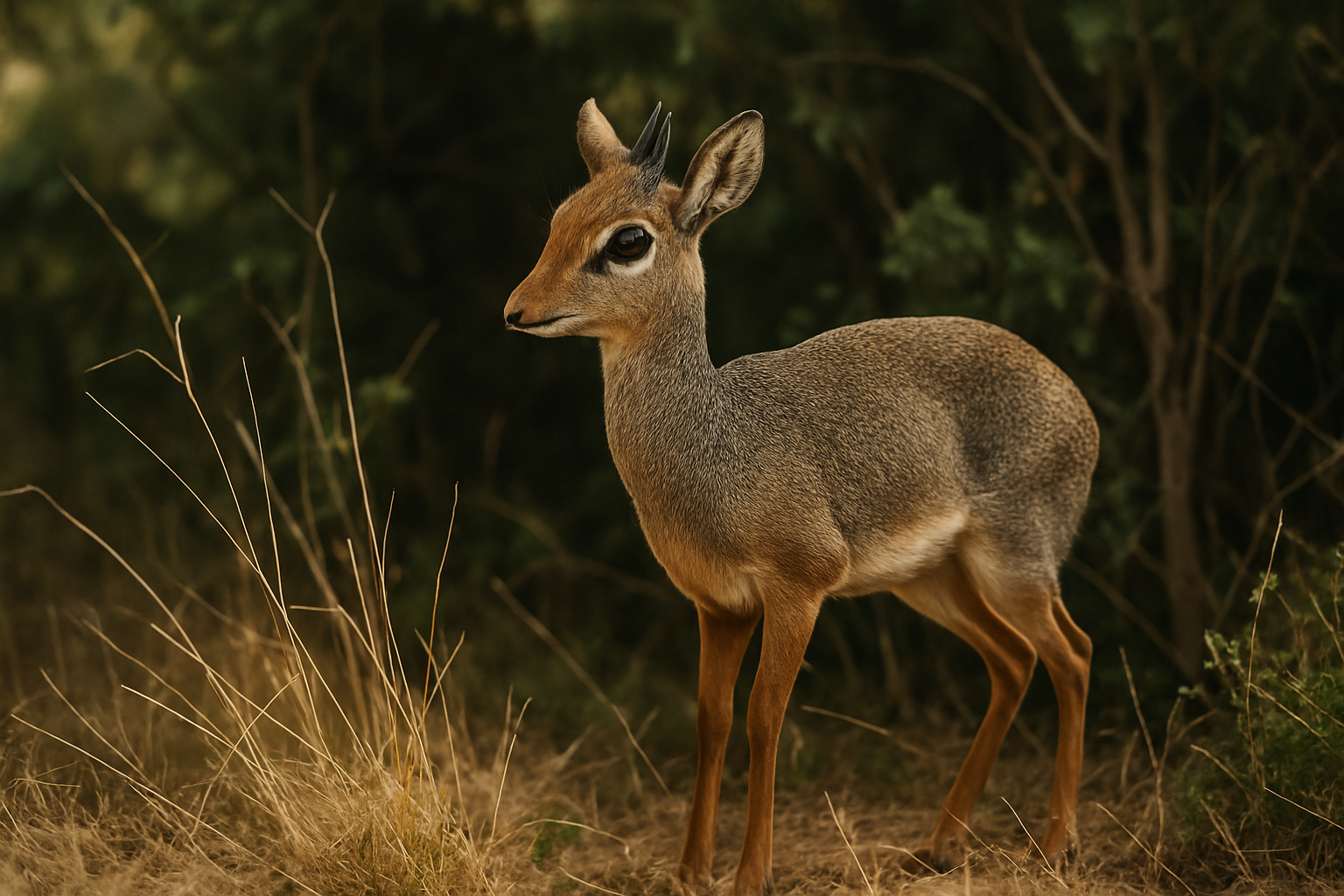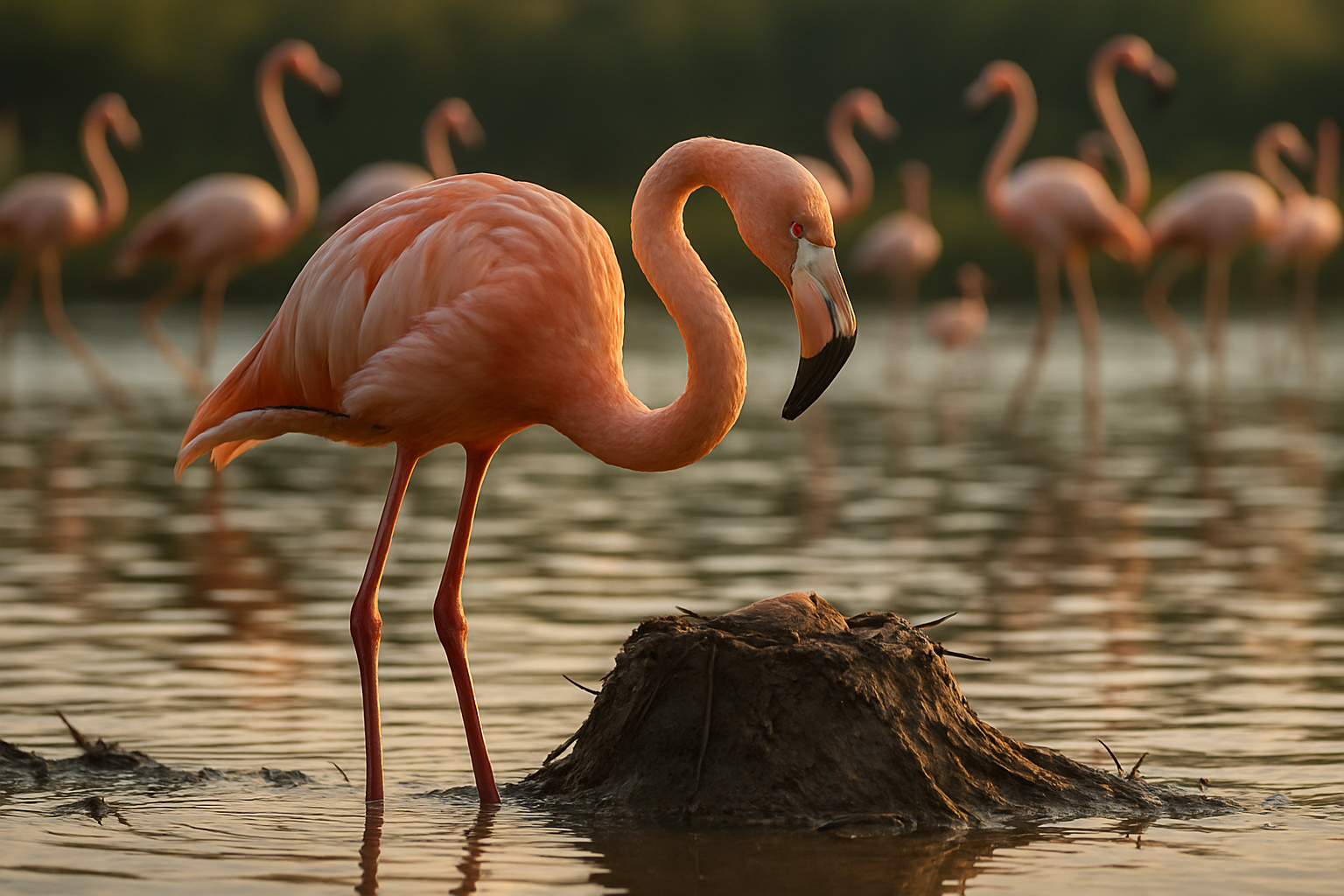The Intriguing World of the Dik-Dik: Africa's Tiny Antelope
The dik-dik is an often overlooked yet captivating creature, a miniature antelope that serves as a testament to the diverse beauty of African wildlife. As a testament to nature's creativity, these tiny creatures provide a fresh lens through which we can explore the animal kingdom.

Dik-Dik: A Compact Marvel of Adaptation
In the vast landscapes of Africa, dominated by towering giraffes, robust elephants, and fierce lions, dwells a creature that could easily be missed. The diminutive dik-dik, standing just 30-40 centimeters tall, is one of the continent’s smallest antelopes, not much bigger than a domestic rabbit. These tiny antelopes inhabit the arid regions of Eastern and Southern Africa.
Dik-diks’ size is their primary defense mechanism against predators. Their small stature allows them to hide in tall grasses and shrubs. Additionally, their slender legs, although seemingly fragile, are capable of impressive speeds when the need arises.
The Dik-Dik’s Unique Nomenclature and Mating Rituals
The dik-dik’s unusual name is onomatopoeic, echoing the distinctive ‘zik-zik’ or ‘dik-dik’ alarm call they emit when threatened. These creatures are also monogamous, a rare trait among antelopes. Once a dik-dik pair bonds, they usually stay together for life, marking and defending their territory as a couple.
The Dik-Dik’s Role in the Ecosystem
Despite their small size, dik-diks play a significant role in their ecosystem. They are a crucial part of the food chain, serving as prey for larger predators like leopards, cheetahs, and eagles. Their diet of leaves, fruits, and berries also contributes to seed dispersal, aiding in plant propagation.
Modern Threats to the Dik-Dik
Unfortunately, dik-diks face increasing threats from habitat loss and hunting. Their small size and docile nature make them easy targets for hunters, and they are often sold in local markets as ‘dik-dik meat.’ Furthermore, expanding human settlements are encroaching on their habitats, leading to a decline in their population.
However, conservation efforts are underway to protect these tiny antelopes. Various wildlife organizations are working to safeguard their habitats and enforce hunting restrictions. While their size may make them vulnerable, it also makes them less appealing to trophy hunters, providing some measure of protection.
The Dik-Dik: A Symbol of Nature’s Diversity
The dik-dik reminds us that the animal kingdom’s grandeur isn’t limited to its largest and most formidable members. These tiny antelopes, with their unique adaptations and monogamous bonds, embody the rich diversity of African wildlife. They serve as a testament to nature’s ability to thrive in even the harshest conditions, underscoring the need for continued conservation efforts to protect these miniature marvels.





